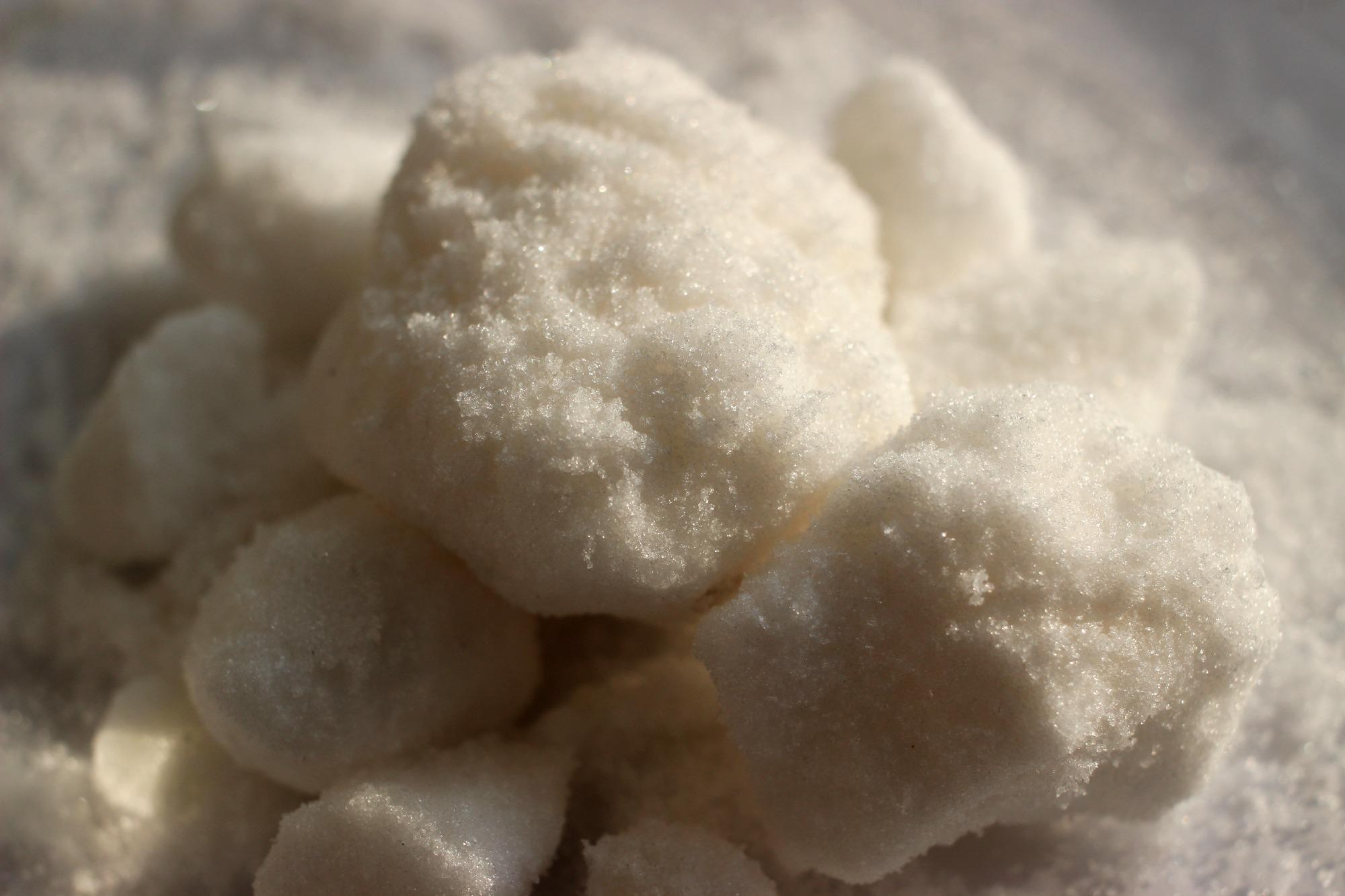Measurement science has historically been the domain of physicists concerned with measuring physical quantities such as mass, length and time. Metrology has recently expanded into the field of chemistry, with some resistance to its adoption.
Some analytical chemists remain skeptical of the value of standardized chemical measurements, despite the prevalence of poor cross-fertilization in the field.
Standards solutions offer a means of bridging this cultural gap, offering analytical chemists clear traceability and robust quality assurance in wet chemistry and analysis.
Certified reference materials (CRMs) for wet chemistry and elemental analysis applications must be formulated in adherence to strict regulatory standards for a range of downstream applications.
For example, conductivity standards can be employed in the calibration of electrochemical sensors or as a means of supporting conductivity detection in ion-exchange chromatography (IEC).

Image Credit: Ihor Matsiievskyi/Shutterstock.com
Understanding Conductivity Standard Solutions
Conductivity standard solutions is a prime example of the benefits of metrology in analytical chemistry.
Several sample preparation reagents employ water as a primary material. Water has a known theoretical conductivity of 18.2 megohms at 25 °C, but this value fluctuates in practice and is rarely achievable in the presence of carbon dioxide (CO2).
CO2 is especially difficult to eliminate from working environments, and not every organization has access to a cleanroom. Leachable elements from containers can also contaminate reagent-grade water in the sub-parts per billion (ppb) range.
It is virtually impossible to verify that water is completely pure using conductivity measurements alone because these measurements are unable to account for non-ionized contaminants.
Under these conditions, analyses may not offer a truly representative insight into trace-level sample composition.
However, it is possible to employ conductivity standard solutions as calibrators for guaranteed water quality. This can be done by using high purity starter materials – typically potassium salt (KCl) - and aqueous matrices to eliminate mismatch errors.
The majority of trace metal labs utilize ion-exchange purification to generate conductivity water. Calibrating the chromatograph with a conductivity standard prior to using this is a straightforward means of significantly improving the quality of primary reagents – and, therefore, the quality of results.
Inorganic Ventures’ Conductivity Standard Solutions
Inorganic Ventures provides a wide range of accredited, certified, fully NIST-traceable conductivity standard solutions.

This information has been sourced, reviewed and adapted from materials provided by Inorganic Ventures, Inc.
For more information on this source, please visit Inorganic Ventures, Inc.